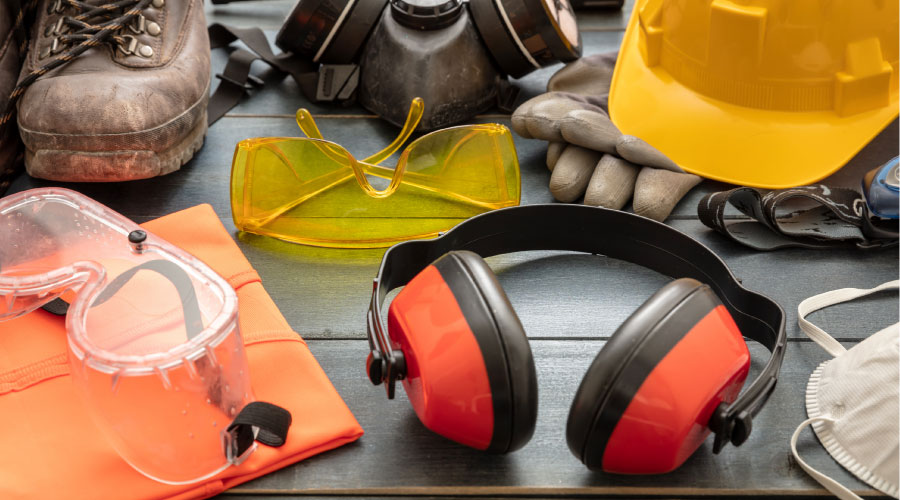Infrared Imaging: How to Detect Accurate Temperature Readings
Institutional and commercial facilities are reaping the benefits of using infrared thermography as part of their maintenance programs. Many are realizing significant returns in the form of increased equipment uptime, improved technician productivity, and lower maintenance costs.
Used properly by qualified personnel, thermal imaging can quickly reveal problems that, over time, can result in unscheduled downtime and expensive repairs.
For electrical systems, thermal imaging can reveal if the problem is a high-resistance connection or an overload in a circuit. Infrared imaging of mechanical systems can clearly show impending failures, from overheating motors to bad bearings. The process gives maintenance and engineering managers valuable data they can use to bring greater efficiencies and value to their inspection and maintenance programs.
As with any tool or technology, though, misconceptions persist regarding the results thermal imaging can, and cannot, produce. Managers considering either adding the technology or expanding existing programs need to consider several important items related to infrared thermography before making final decisions.
Infrared and Temperature
Some managers have invested in infrared-imaging programs based on the technology's supposed ability to measure temperature. In fact, infrared cameras — including spot radiometers — detect infrared radiation an object's surface emits and infers a temperature value from it. This process can lead to inaccurate readings, due to the laws of physics, incorrect camera settings, and untrained operators.
Despite commonly held beliefs, technicians cannot achieve accurate temperatures simply by adjusting the camera's emissivity correction value. This situation can get thermographers into trouble. While it usually is possible to make measurement parameter corrections for high-emissivity surfaces — such as rubber insulation on a wire or a painted, metal surface — measurements of shiny, metallic surfaces are unreliable, at best. Measuring temperatures might seem useful, but it is not the easiest application of the technology.
This issue is one of the more difficult realities for a manager or technician to accept. While a thermal imager cannot measure temperatures accurately, technicians in most cases can use it to locate potential problems.
Related Topics:













